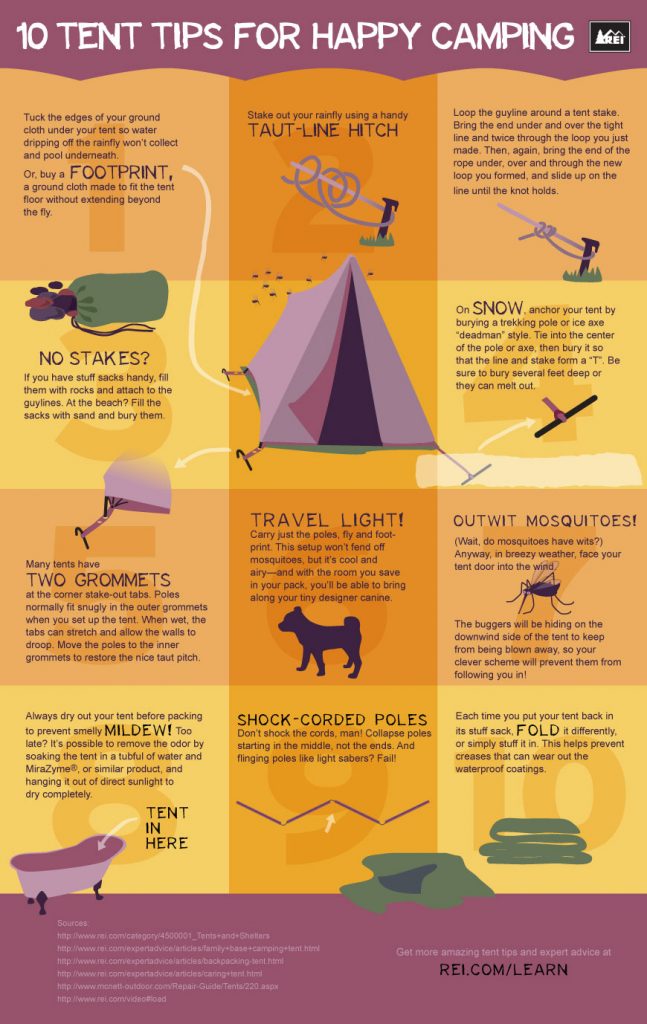How Door Design Affects Tent Ventilation
Just how to Maintain and Replace an Oven JackA cooktop jack is a necessity for risk-free camping tent cooktop use, keeping whatever from cool air to fire cinders out of your canvas tent. However, improperly suitable one can bring about tent fires and carbon monoxide poisoning, so it's important to comprehend the most usual errors campers make when installing oven jacks before camping!
Replacement
A stove jack is just one of one of the most vital items of camping tent camping devices. Not only do they keep the smoke out of your outdoor tents, yet they additionally stop a range of security risks including camping tent fires and carbon monoxide poisoning. Yet, it's easy to make blunders in sizing and mounting a cooktop jack. The good news is, by recognizing a few of the most common camper mistakes you can discover to avoid them and ensure your stove jack is appropriately fitted to your outdoor tents for risk-free, comfortable outdoor camping. Continue reading to read more.
What Is an Outdoor Tents Oven Jack?
Essentially, a stove jack is an opening that beings in the floor of your tent to suit your camp cooktop's smokeshaft pipe. It's essential for keeping every little thing from chilly air to rain and snow out of your outdoor tents.
Assessment
When correctly sized and installed, a cooktop jack is the very best way to securely vent your wood-burning camping backpack tent stove while keeping cold air, rain, snow, insects, and creosote from entering your wall outdoor tents. However numerous campers have problem with the installment process, and a cooktop jack that isn't fitted properly can be dangerous. Oven jacks need to be placed at a risk-free distance from the tent wall surfaces, and the opening should be focused to offer an also spread of warmth throughout the interior. Furthermore, a space between the oven pipe and flue is a fire risk, and can enable carbon monoxide gas to enter your home. A WETT examination from a certified professional is vital for your safety, and several insurance policy carriers need it prior to providing coverage.
A WETT inspection look for prospective fire threats, carbon monoxide poisoning threats, and structural damage. It complies with strict standards set by the Wood Energy Modern Technology Transfer (WETT) organization to maintain Canadians secure and reliable with their wood-burning appliances.
